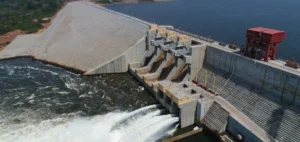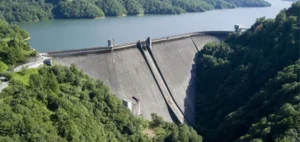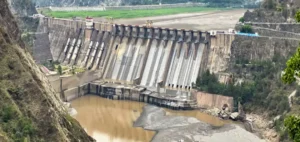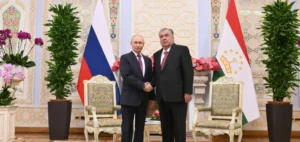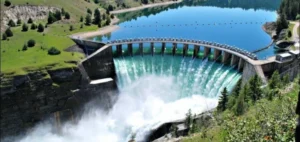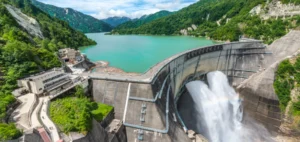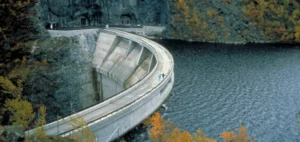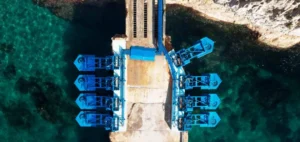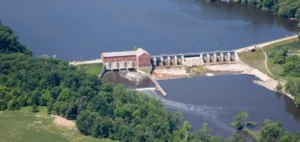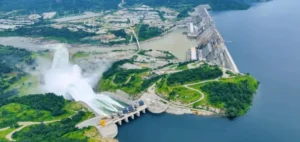India’s Tata Power Co Ltd has entered into a strategic agreement with Bhutan’s Druk Green Power Corp Ltd, the sole electricity producer in Bhutan, to develop 5,000 MW of clean energy in the country. The agreement, announced in a statement published on the Bombay Stock Exchange (BSE) website on November 19, aims to strengthen regional energy security while leveraging Bhutan’s vast natural resources.
The projects will include 2,000 MW of hydropower, 2,500 MW of pumped storage, and 500 MW of solar energy, ensuring uninterrupted power supply. “This partnership will help unleash Bhutan’s significant hydropower potential while playing a crucial role in regional energy security,” Tata Power stated.
Enhanced Cooperation to Meet Regional Needs
Bhutan, whose energy is primarily driven by hydropower, benefits from peak generation during monsoon months, aligning its capacity with India’s growing energy demand during the summer. Tata Power already operates a 1,200-kilometer transmission infrastructure to export this clean energy to India, further cementing bilateral energy cooperation.
Druk Green Power, a subsidiary of Druk Holding and Investments Limited, is central to Bhutan’s ambition to increase its total generation capacity to 25,000 MW by 2040.
Regional Energy Transition Underway
The initiative is part of a broader framework of regional energy integration. India, already a key player in energy exchanges with its neighbors, also facilitates electricity exports from Nepal to Bangladesh. A recent tripartite agreement signed between these countries enabled the first megawatts to transit through India’s grid.
Tata Power, with a green energy portfolio totaling 12.9 GW (6.4 GW operational and 6.5 GW under construction), aims to increase the share of renewable energy to 70% of its total capacity by 2030. This new agreement with Bhutan reflects these ambitions and highlights the importance of robust cross-border infrastructure for regional energy trading.
Towards Sustainable Energy Integration
The example of Bhutan and India demonstrates the strategic role of hydropower in regional grids. Investments in stronger transmission infrastructure could pave the way for similar projects in other neighboring countries, such as Bangladesh or Nepal.
Tata Power and Druk Green Power are not new collaborators. In 2008, the two companies co-developed a 126 MW hydropower plant in Bhutan. This new 5 GW project marks a significant milestone in bilateral energy cooperation and the energy transition in South Asia.



